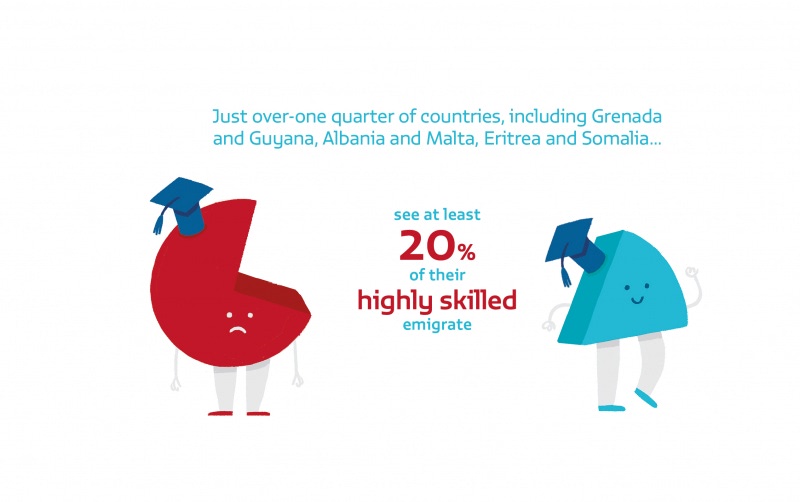Migration, displacement & education: Building Bridges, Not Walls

The rise in urban growth and migration mean rural UK Schools face depopulation challenge | UNESCO 2019 Global Education Monitoring Report (GEM Report)
UNESCO’s 2019 Global Education Monitoring Report (GEM Report) was released today (20 Nov).
Launched in 2016, the GEM Report is an annual publication that monitors the progress that countries and their educational systems around the world are making towards Sustainable Development Goal 4: Quality Education. Published by the UNESCO, the report is independently funded and staffed, meaning that it is entirely unbiased in its examinations about governments’ policies.
The focus of the 2019 report is on migration and the social policies pertaining specifically to their education and assimilation. Titled Migration, displacement & education: Building Bridges, Not Walls, and the report explores the education policy measures undertaken by host countries for migrants and refugees. The report is published by UN but is independently funded and staffed, meaning that it is not restricted in what it says about governments’ policies.
The 2019 GEM Report highlights highlights the importance of remittances to education around the world. The UK is one of the top ten sending countries of remittances in the world, with $10.2 billion dollars in remittances wired home from the UK.
The report also highlights how the UK government is responding the issues posed by limited resources, with a new funding formula. The report also warns that teachers in the UK as well as other European countries have warned of increased workload and caused additional frustration in responding to the needs of immigrant students.
Key Facts:
9% of primary and 17% of secondary government-funded spaces were unfilled in 2017.
In 2018, US$ 10.2 billion in remittances were wired home from the UK. It is one of the top ten sending countries of remittances in the world.
In India, one of the top receiving countries of remittances from the UK, rural households receiving remittances spent 17% more on education compared with those that did not receive any.
The reports calls for transaction costs for wiring remittances home to be reduced to the UN target of 3% from the current average of 7.1%, which could increase education spending around the world by US$1billion per year. At the moment, on average, transaction costs in the UK for sending home remittances are 5%.
The report shows that the number of migrant and refugee school-age children around the world today has grown by 26% since 2000 and could fill half a million classrooms.
The global average cost of remitting is 7.1%, although averages do not reflect the wide variation by delivery channel and by country. Traditional banks cost the most, averaging 10.6%. Costs vary by destination, from 5.2% (Southern Asia) to 9.4% (sub-Saharan Africa) (World Bank, 2018b). Many corridors in Africa carry fees of over 20% (Watkins and Quattri, 2014).
Migration challenges education planners in villages and cities: Migration affects education planning, with both rural depopulation and unplanned urban and peri-urban growth posing challenges. Ingenuity, local initiative and flexibility are needed to address the negative consequences of such demographic pressures on children, parents and communities.
Depopulation prompts consolidation of small rural schools: Rural depopulation has implications for small rural schools. Education planners must balance efficient resource allocation with the welfare of small communities. England, United Kingdom, had more than 2,000 schools with fewer than 100 students in 2018
TEACHER DIVERSITY IS LINKED TO IMMIGRANT STUDENTS’ LEARNING AND SELF-ESTEEM
A study in England (United Kingdom) found that 31% of minority teachers faced discrimination in schools (NASUWT and Runnymede Trust, 2017). Some Guyanese and South African teachers in the United Kingdom have been subject to racist remarks and discrimination from students (Manik, 2014) and xenophobic attitudes from native teachers (Lashley, 2018).
The opportunity to gain work experience is a growing driver of student mobility. In 2011–2014, Indian student numbers fell by nearly 50% in the United Kingdom and increased by 70% in Australia after UK policy changes limited post-graduation work visas.
Half of all international students move to five English-speaking countries: Australia, Canada, New Zealand, the United Kingdom and the United States
The United Kingdom’s decision to leave the European Union, coupled with student visa restrictions and rising health insurance costs, may diminish the United Kingdom’s attractiveness as a destination.








Responses